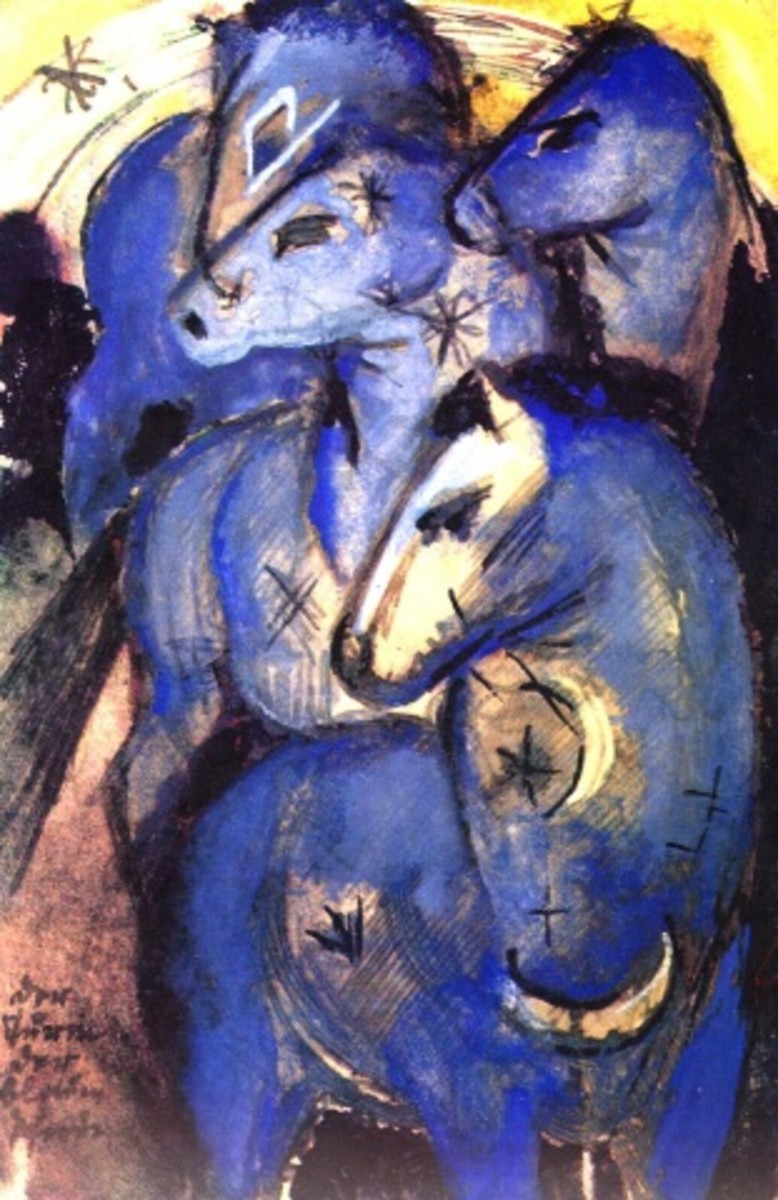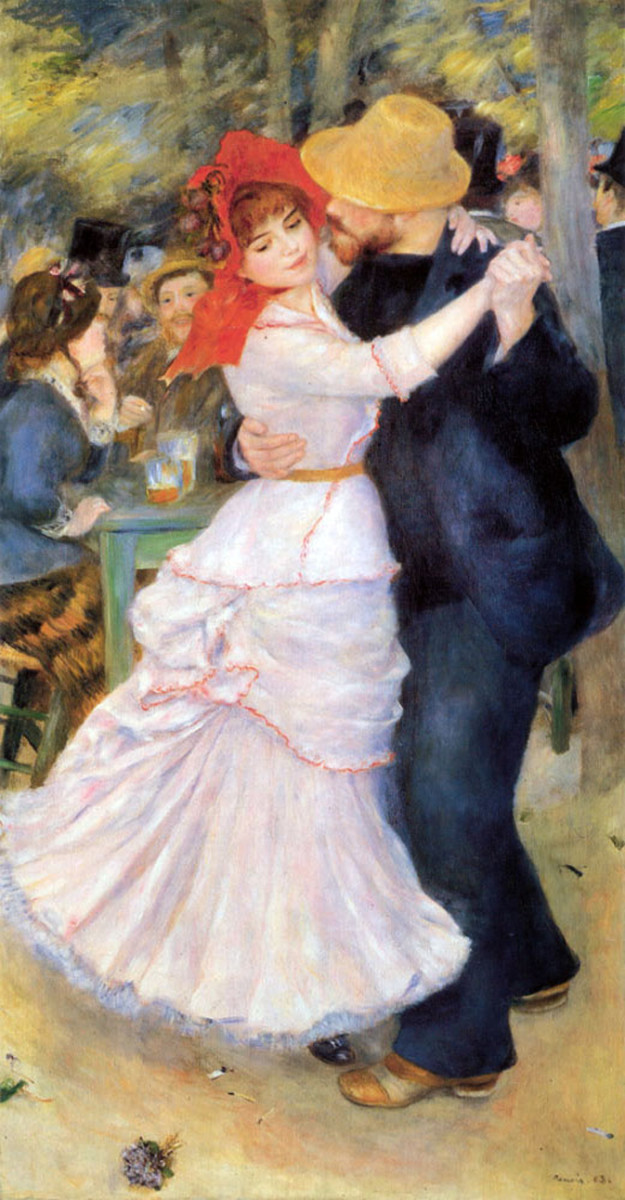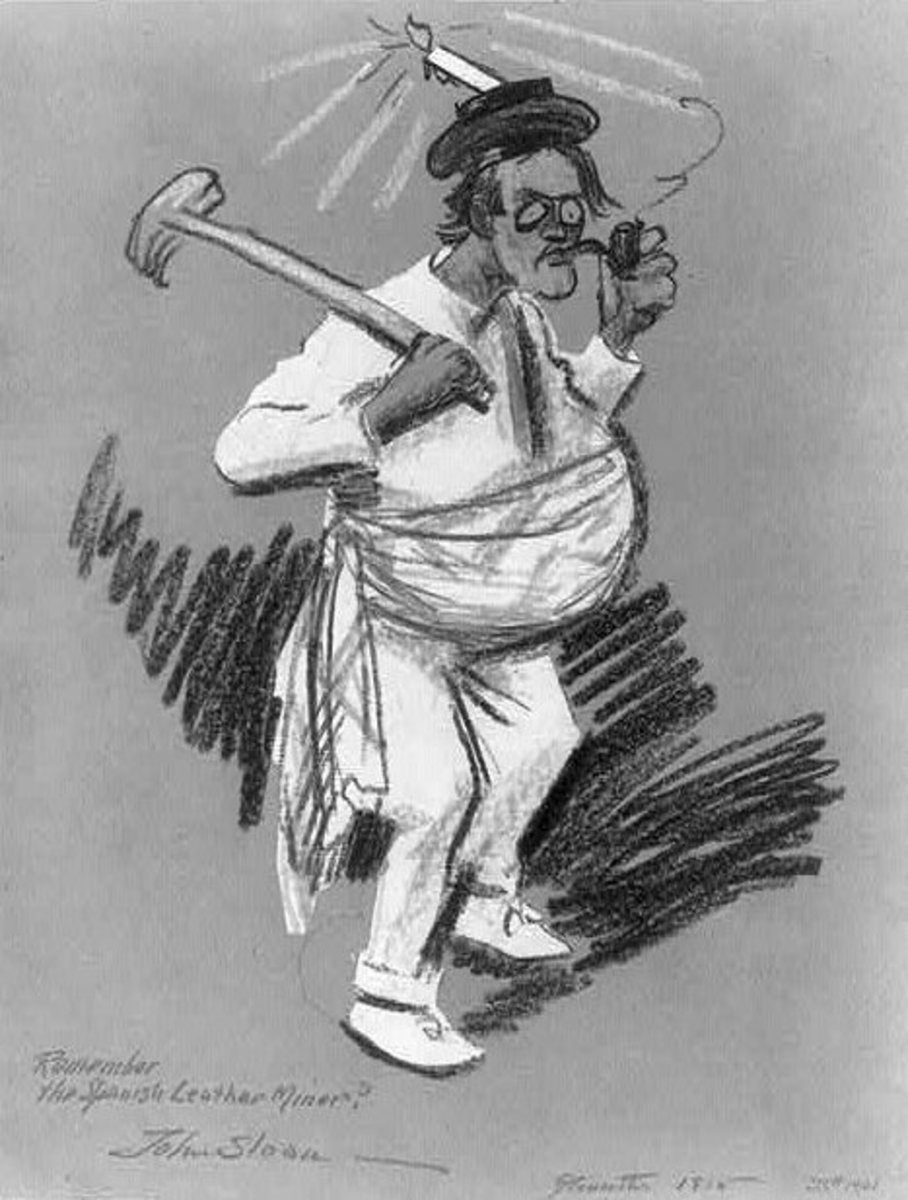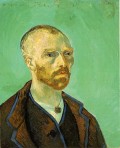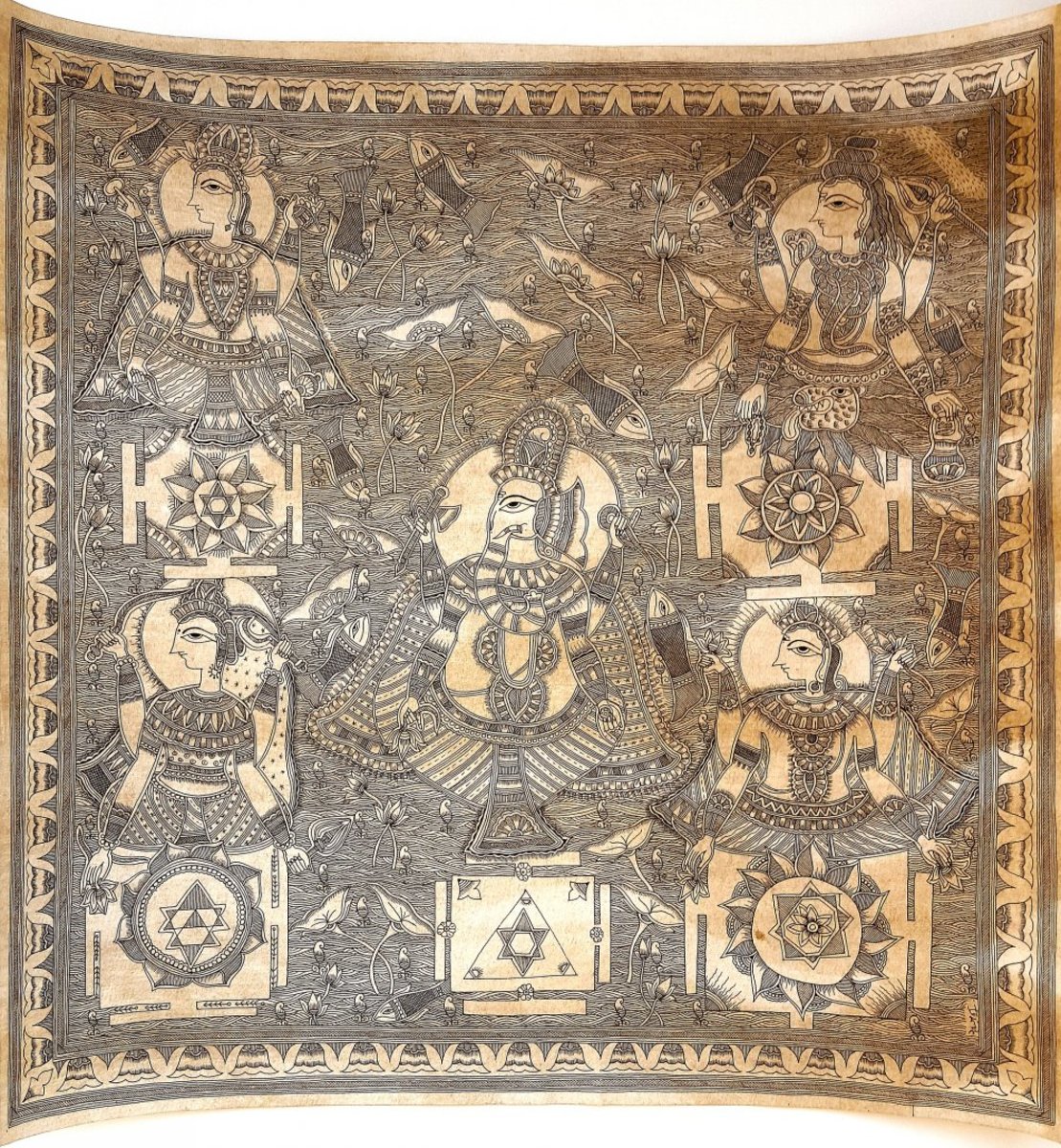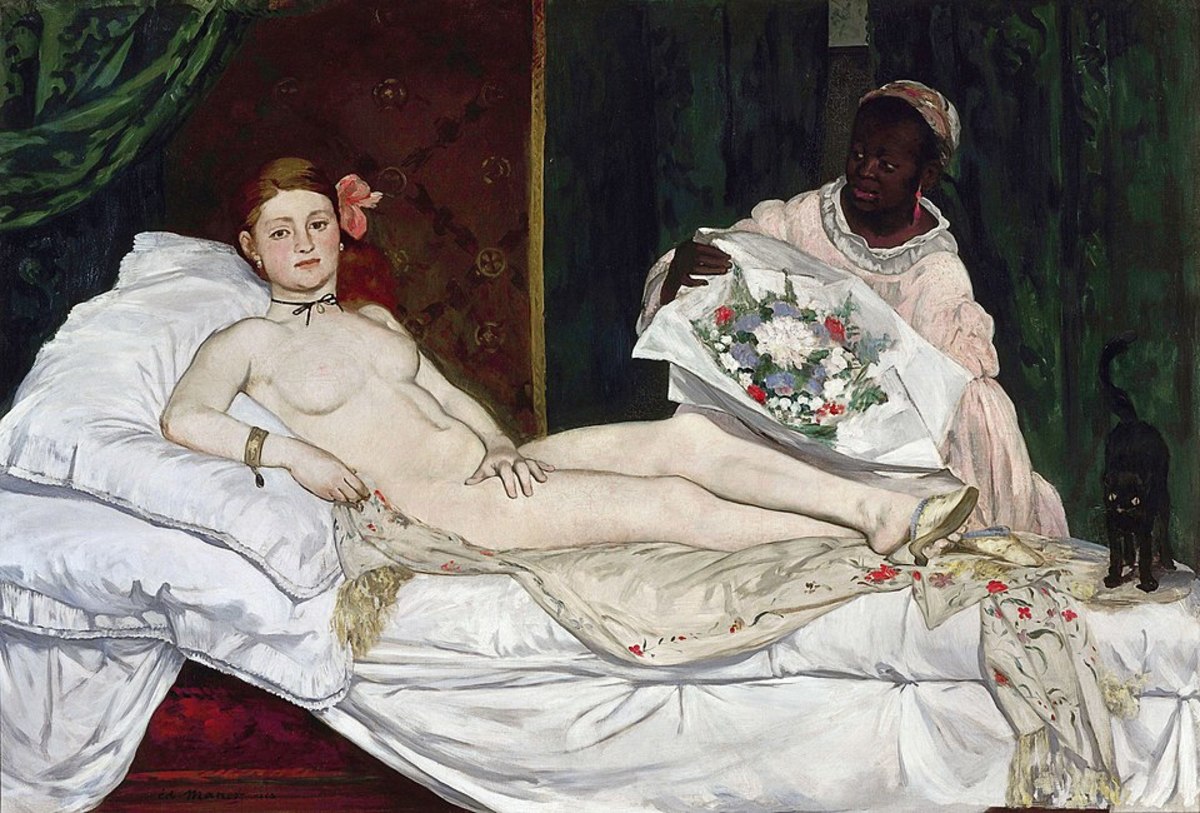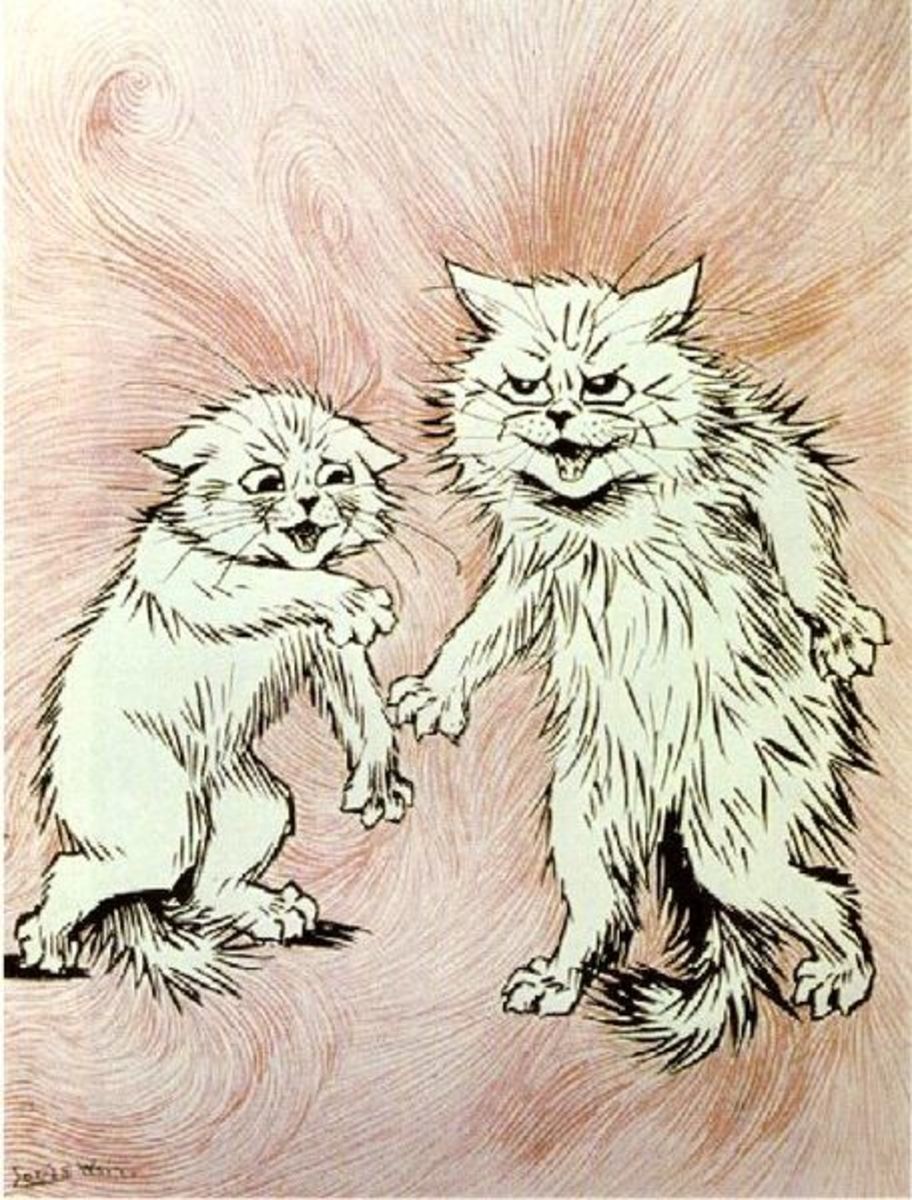Renoir & Van Gogh - Part 2
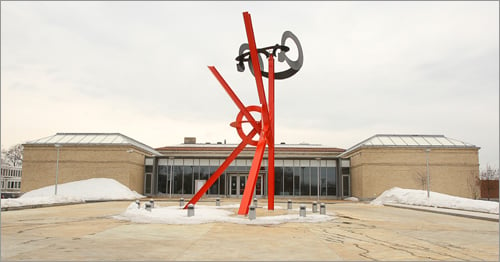
Of the Impressionist/ Neo – Impressionist movement, Renoir & van Gogh are two of the best known names; although van Gogh may be more recognizable. Both create beautiful oil paintings that portray emotion and have a story to tell, but done in different ways. Paintings from each artist are being currently available to the public at the Currier Museum of Art in Manchester, NH, located in the European Gallery. I feel that these paintings are well worth seeing and warrant a trip to Manchester (or even view online at www.currier.org/exhibitions/loans-now-view) to appreciate some of the Masters, and to see how art has changed, yet some of the basics are still being used today.
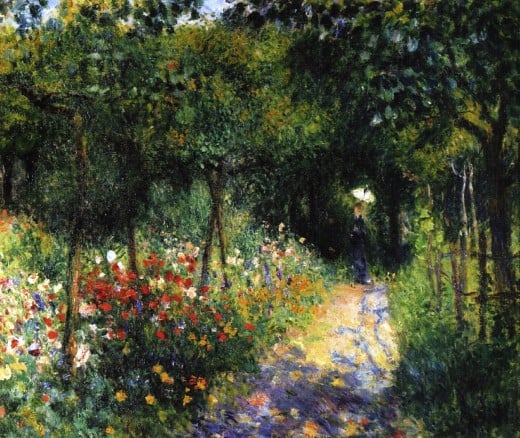
Renoir’s “Femmes dans un Jardin (Women in a Garden)” done in 1873 is a slightly different painting that we normally see him do. This one is more of a landscape than of his normal figures. One can feel a vastness used by the colors; especially with the cooler colors in the background. You can only notice the second woman in the background in the tree line if you look closely; the shadows overtake her.
It appears to be a warm sunny day; no movement portrayed in the trees. There’s an abundance of flowers on the left side of the painting with a path next to it which draws your gaze down it. At first it’s hard to tell if the women are going into to coming out of the woods; according to the curator at the Currier Museum of Art, located in Manchester, NH, they are walking out of the woods into the garden.
The curator states on the plaque next to the painting “Similar to Monet’s “Bridge at Bougival”, Renoir preferred painting leisure pursuits of the middle class. The painting depicts two figures moving from the wooded forest to a brilliantly lit garden laden in a wide range of flowers in full bloom. Flowers, executed in short dabs of luminous pigment, dominate the foreground, casting reflected color onto a path that trails off into the distance. The path is a common compositional device used to create a sense of vastness, drawing the viewer into the picture. (Also used in van Gogh and Monet) Bright white parasol instantly attracts the viewer’s gaze. The woman behind her rendered in darker pigments with less detail; partially cloaked by shadow. Likely done in summer of 1873 when he went to paint with Monet. Monet lived in Argenteuil at the time, five minutes away Northwest of Paris.” (Currier Museum of Art)
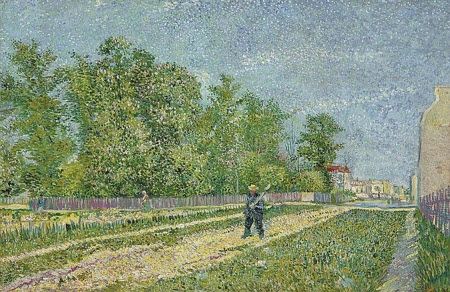
Van Gogh is an amazing painter; and seeing something of his in bright colors was a nice surprise as I’m used to seeing the darker colors. “Route aux confine de Paris, avec payson portrait la beche sur l’epaule (Path on the outskirts of Paris, with a peasant carrying a spade)” 1887, in being viewed from afar, everything blends in beautifully. Up close you notice the Pointillism technique. It’s used in the grass, gravel, trees and the worker’s clothes. The building on the right looks as if it was painted normally, and if you stand a few inches from it you can see what appears to be a “base color” done in white and other colors “pointed” on top of it in different shades. Fences, Paris or the river are also not done in the Pointillism technique. It was officially said on this “Depicts laborer with spade walking along a broad lane. Paris is in the background. Moved from Antwerp to Paris countryside had a profound effect on the art. Moved in March 1886.
Studying first hand work by leading Impressionist & Neo-Impressionist painters, he shed the earth-tone palette and embraced expressive power of color and modern French style. Created at height of feverent experimentation with the new Pointillist style; championed by friend Paul Signac; who he met in early 1887. Van Gogh abandoned this style of painting after one year; characterized by use of small, distance dots of pure color applied in a pattern.” (Currier Museum of Art 2013)
In seeing the styles of Renoir and Van Gogh together, you can appreciate the differences, yet the similarities are amazing. The story being told and emphasized by the colors are part of the similarities, while the chosen colors by the artist on each one is different, even though they belong to the same movement. Also, their backgrounds play a part of their work. Renoir was married with three children (Wikipedia.org) and had a good life; whereas Van Gogh was famously single and lived a stereo-typically poor man’s life – in the respect that he made little money while he was alive (out of all five siblings (vangoghgallery.com) his brother Theo often helped him) and all the money for his work began to happen after he passed. I feel that each of the lifestyles they had, had where they lived played a part in these paintings. Renoir was known to have a love of painting everyday people doing relaxing things, and in living in France it played a part of how his painting came out. In regard to his way of doing things, it stayed true to form – two women out for a walk, bright colors are involved, but overall this had a darker color to it, the brightness was located in the front of the painting, while the rest was on the darker side due to the woods. Van Gogh did a one hundred and eighty degree turn and went from his normal dark and earth tone only palette to the bright colors associated with painting in France at the time. Granted this was a phase, but it shows the influence of where he was at.
In viewing these in the same location as other European works, they definitely had a more approachable feel to them, as the rest of the room was mainly early Christian pieces, some sculptures’ and other landscapes, but of a different nature. In regards to other paintings in the museum, you can see the similarities in the brightness, how the colors play well with what is being portrayed within the scene. It gives you a sense of how they see it, not trying to make you go in one direction or another.
Renoir and Van Gogh have a lot to show in today’s world; standing up to the measure of time, and showing everyone that they still hold an important place in today’s art world as things change. Things may appear to have a completely different look, but in going down to basics it remains the same.
Works Cited
Currier Museum of Art
Wikipedia.org
Vangoghgallery.com
Pierre-auguste-renoir.org

